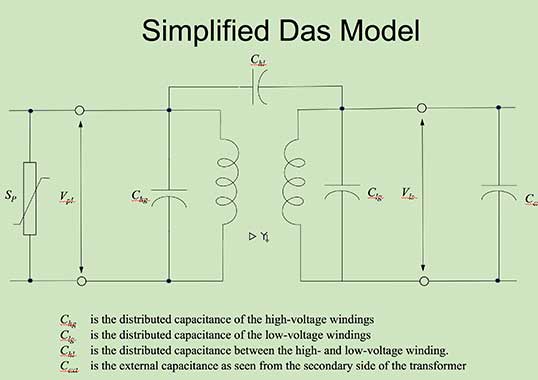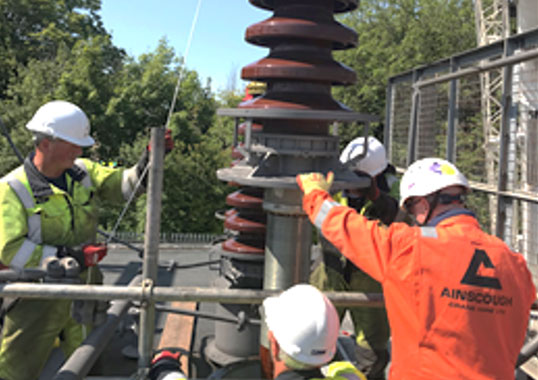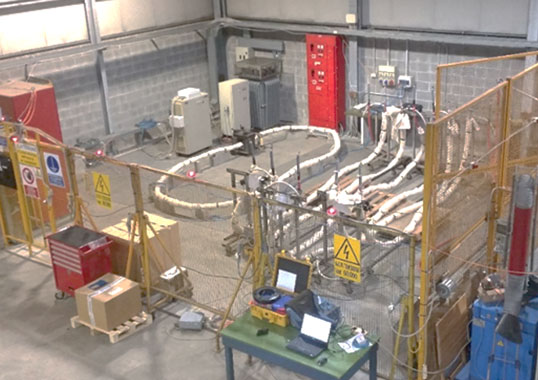Protecting Neutral Terminals of Power Transformers in Distribution Substations by Michael Champagne
When delta-wye power transformers are installed in distribution substations, common practice is to ground the neutral of the wye-connected windings directly to the substation ground using an adequate conductor in which no impedance has been intentionally inserted. Such an arrangement is said to be solidly grounded. However, in many installations, the transformer is grounded through an impedance – whether resistive or inductive – or even altogether ungrounded. While a transformer’s neutral remains solidly grounded, there is no change in voltage between its neutral and ground. However when a transformer is resistively or inductively grounded, or ungrounded, there is likelihood of large voltage developing during ground faults or whenever surges occur. It is therefore important to protect the neutral terminal in such applications from surges that can develop as the result of a transfer from the primary, secondary, or tertiary terminals of the transformer. The current version of IEEE C62.22 (Guide to the Application of Metal-Oxide Surge Arresters for Alternating-Current Systems) offers limited advice on how to apply arresters on impedance-grounded or un-grounded transformer neutrals but is currently under revision. This presentation discusses selecting and applying arresters to protect neutral terminals of transformers, given the soon-to-be updated Guide’s explanation of how surge voltage is transferred through a transformer.









